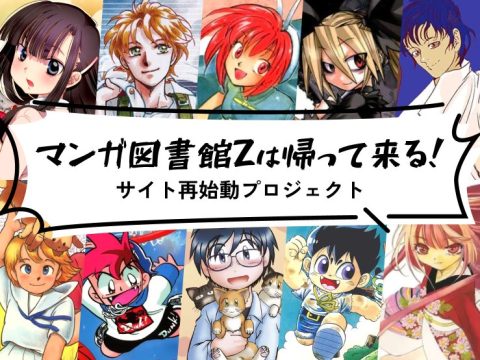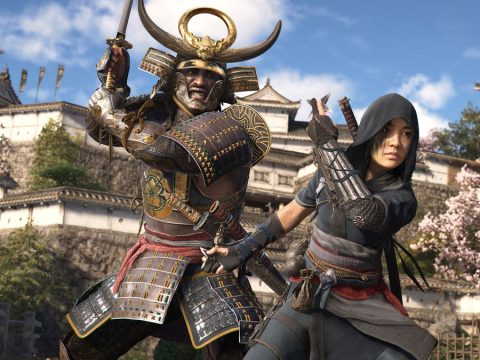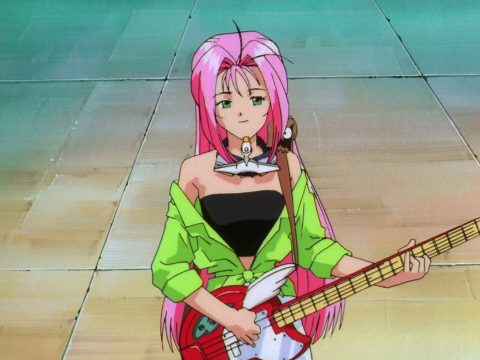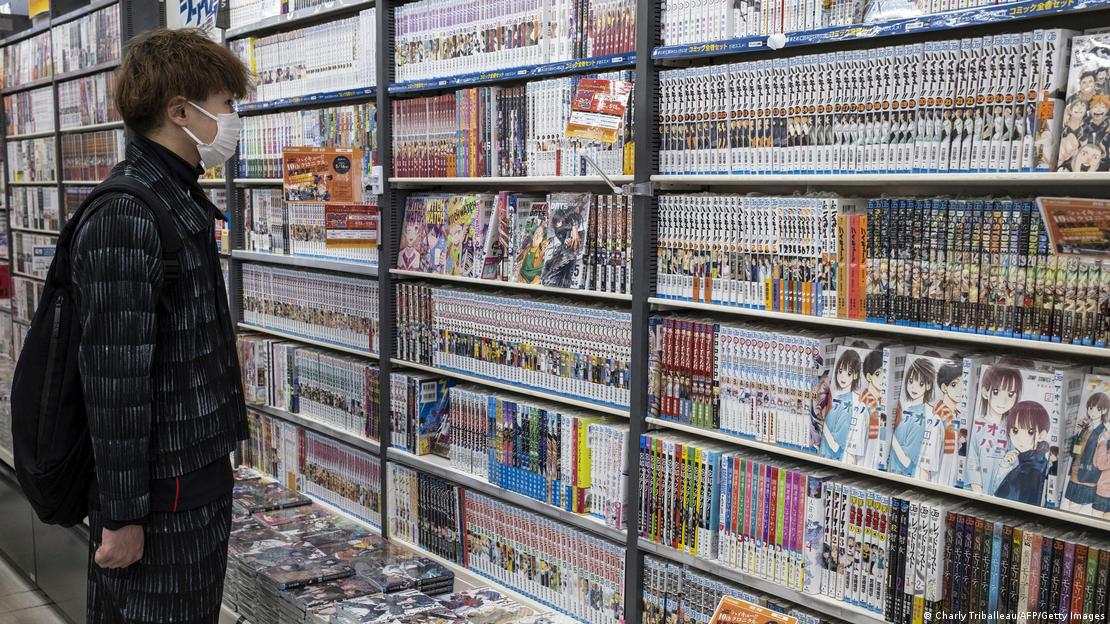
Manga in America have age ratings like All Ages or 16+, but who decides these ratings, how do they decide them, and how consistent are they? Some schools have pulled manga from the shelves over worries on what’s considered age-appropriate, and there was a case of a middle school in Delaware where kids in the anime club weren’t allowed to read anything over the Everyone rating, even though they already had written parental permission to join the club. Ben Applegate, Director of Publishing Services at Kodansha USA Publishing, wrote a letter to the Delaware school board in defense of the anime club. Now, speaking as an individual and not on behalf of any publisher, he tells Otaku USA how he’s seen age ratings get decided, how there is no set standard, how librarians/teachers/parents can better gauge age ratings, and what he thinks people can do if manga gets banned.
Do manga in Japan have age ratings?
So there are two different age ratings in Japan: 18+ and no rating. There are certainly target demographics for readership, terms everyone knows, like shonen, shojo, josei, etc. But these are marketing terms, these are not content age rating terms. There can be manga that are appropriate for all ages in seinen magazines. In fact, there are quite a few, including some very popular titles like Lovely Muco and Yotsuba&!. These are seinen manga, technically, but [here in America] we would consider them All Ages manga. That makes it difficult to bring manga over to the U.S. because we have a highly formalized and segmented age rating system. I believe Scholastic has four different age ranges under the age of 13. Each age rating, for children in particular, has certain content guidelines that set expectations for librarians, teachers and parents. It’s very, very difficult to fit something into those guidelines that’s coming not only from a market that doesn’t have these age ratings, but also from a different culture, where what’s considered appropriate for different ages may differ from the U.S.
There is no industry wide standard for age ratings. That’s not just in the manga industry, but for the publishing industry writ large. There are systems that certain publications use, and there are systems certain publishers create or adopt, but there’s no industry organization like the MPAA or RIAA for music, imposing guidelines for publishers on the outside.
Everybody kind of has to do their best. At Kodansha, for example, we have generally five age ratings. Mature 18+, Older Teen 16+, Teen 13+, All Ages, and then our most recently added rating, All Ages 8+, which sounds a little weird to people, but it’s meant for manga that’s appropriate for all ages but wouldn’t really appeal to children under the age of 8. It might be too complex for thematic reasons, or too scary. We have talked with people in library marketing about that. The original rating was Youth, Y, for 8+, and we considered Kids to Adults, which is something other publishers use. But we settled on All Ages 8+ because there is such a hunger for All Ages now. One of the reasons there is such a hunger for All Ages manga is because there isn’t any, especially from the popular franchises. There’s Pokémon, Chi’s Sweet Home, a couple others, and that’s it. The other aspect is a lot of the children’s manga are a part of big media franchises in Japan that don’t really exist in the U.S. Like nobody cares about Doraemon or Anpanman in the United States. So a lot of those aren’t getting published here.
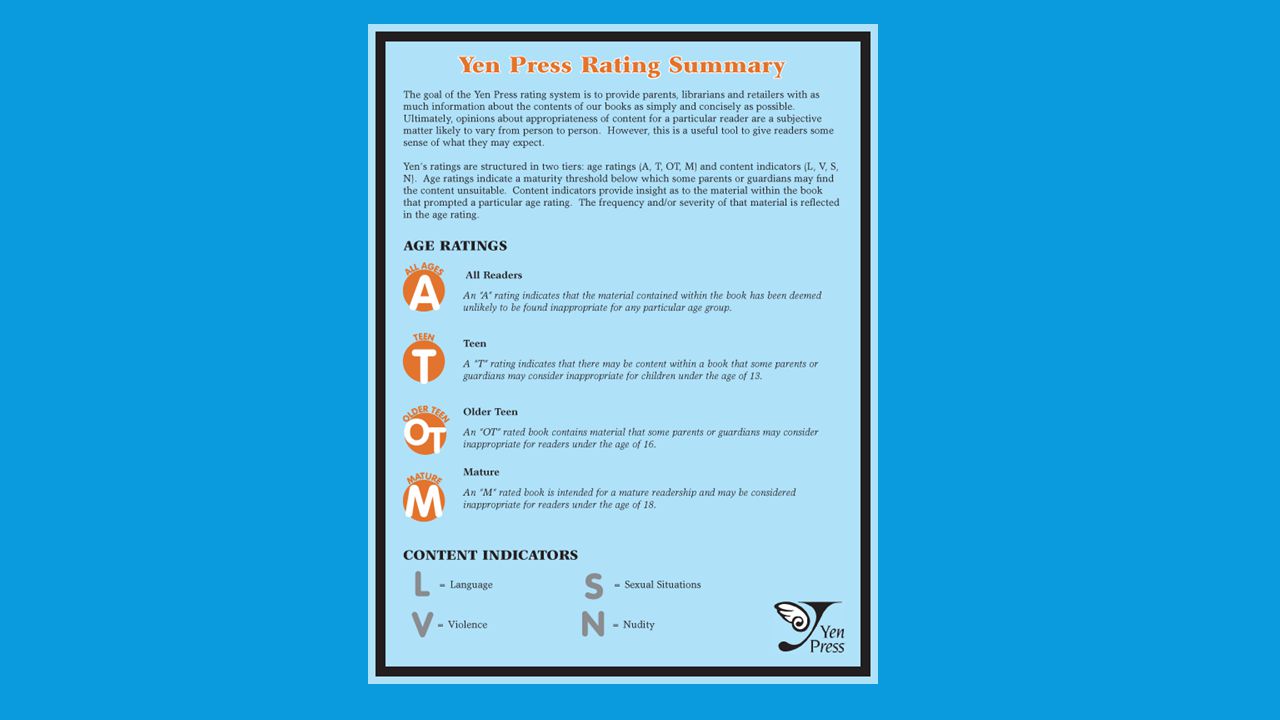
So how are the age ratings decided, and who decides them?
It depends. Again, every publisher probably does it differently, so I can only talk about my own personal experience. For me, it begins with asking the editor, because the editor is the one who knows the work the best. Usually it’s pretty obvious where a manga should fall, and most of the manga Kodansha publishes in English are Teen 13+ or Older Teen 16+. Sometimes it can fall on the cusp one way or the other, and in those cases we have a lot of resources at Kodansha and Penguin Random House that we can draw on. We ask the national account reps questions like, “Do you think these five pages will get the book taken off the shelf in Barnes & Noble?” Or, “Will these get it taken down from Amazon?” Or even just, “Do you think a librarian or teacher looking at this would consider it 13+?” So it’s an art, not a science, and the bar does move. I was just talking with [comics journalist] Brigid Alverson the other day, and she was asking, “Have you overhauled how you assign ratings?” The answer is, “It hasn’t moved as fast as the media news cycle makes it seem.” I think there’s definitely people who are yelling very loudly about certain things. I don’t take that into account. I look at it from the perspective of a good-faith, mainstream reader. Though those standards do move, they move slowly.
Does anyone at the Japanese publisher have a say on age ratings?
In my case I’m working as part of a client services division on behalf of a subsidiary of a Japanese publisher. So ultimately speaking, whatever Kodansha wants to publish something as, they can make that choice. So if they wanted to override our age ratings, they could. I don’t think it’s ever happened, to my knowledge.
One other complication is that we always try to set the age rating based on the best information we have at the time, right? So let’s say we have the first three volumes out. If the first three volumes are all solidly 13+, we’re probably rate them all 13+. Unless we’re reading a, say, romance manga, where we think, “You know what, these characters are all in college, and in the future we think there may be a sex scene in this manga.” In those cases we might preemptively rate the series a 16+. Usually we’re right; sometimes we’re wrong. We’re doing it that way because it upsets the sales team if we bump the age rating up between volumes. I’ve even heard from one librarian who works in a library where the teen books are on one floor and the 16+ books are on another floor, and you have to show your library card to get access to those books. So the complaint was that there were some volumes of a manga series on one floor and some on the other floor. So a lot of people don’t even know that’s the case, and they just think some volumes are missing. So that’s a very extreme physical manifestation of the problem, but it’s definitely a betrayal of expectations in a way when volumes one through seven are rated 13+ and suddenly volume eight is rated 16+, or even 18+. There was one case where we set volume one at 16+, and the whole series went by, and we determined nothing in the series went above 13+, and we actually went back and reprinted the books as 13+.
Do you have any recommendations to schools, libraries and parents about age ratings?
Age ratings are shorthand that are useful for staff and teachers and librarians who may be asked to do a bulk assessment without enough time. I know teachers and librarians never have enough time on their hands, and sometimes you just have to go off the age rating and call it a day. However, there are increasingly a lot more resources out there. The ideal would be to read every book. That’s what I recommend to parents who might be worried about the content their children are encountering in manga. This is something your kid is really excited about, right? What better way to connect with your kid than to experience it alongside them? And that will give you credibility if they encounter a tough issue that they have questions about. One of the great things about manga is that it’s for all age groups and addressing all different kinds of themes. So, for example, something like Attack on Titan or Made in Abyss or even Vinland Saga, if your child gets to a chapter that really gives them something to chew on, you’re right there with them and can have a discussion. That’s extremely beneficial. Obviously a librarian is not able to read every single book in the library. But increasingly publishers are reaching out with more resources. At Kodansha, we’ve been doing Book Buzz events for librarians three times a year. Those are an hour long in January, May, and September. You can get the invitation for that event through the Penguin Random House library marketing list. I recommend people sign up for that, whether you’re a teacher or librarian or even a bookstore buyer or comic shop owner. The two most common questions we address on those call are, “Is there more All Ages manga?” [laughs] and “Could you give us more information about content?” And so that’s where we provide more information about what’s actually going on in the books. For example, Blue Period is rated Older Teen, 16+. But in the Book Buzz events, we’re able to say, “It’s rated Older Teen 16+ for nonsexual nudity and some teen alcohol and tobacco use.” Those are very specific things that a teacher or librarian would need to know when using the book. The plan over the next couple years is to expand that into an actual landing page for librarians, with a lot of information accessible online. I know other manga publishers are trying to offer similar guidance.
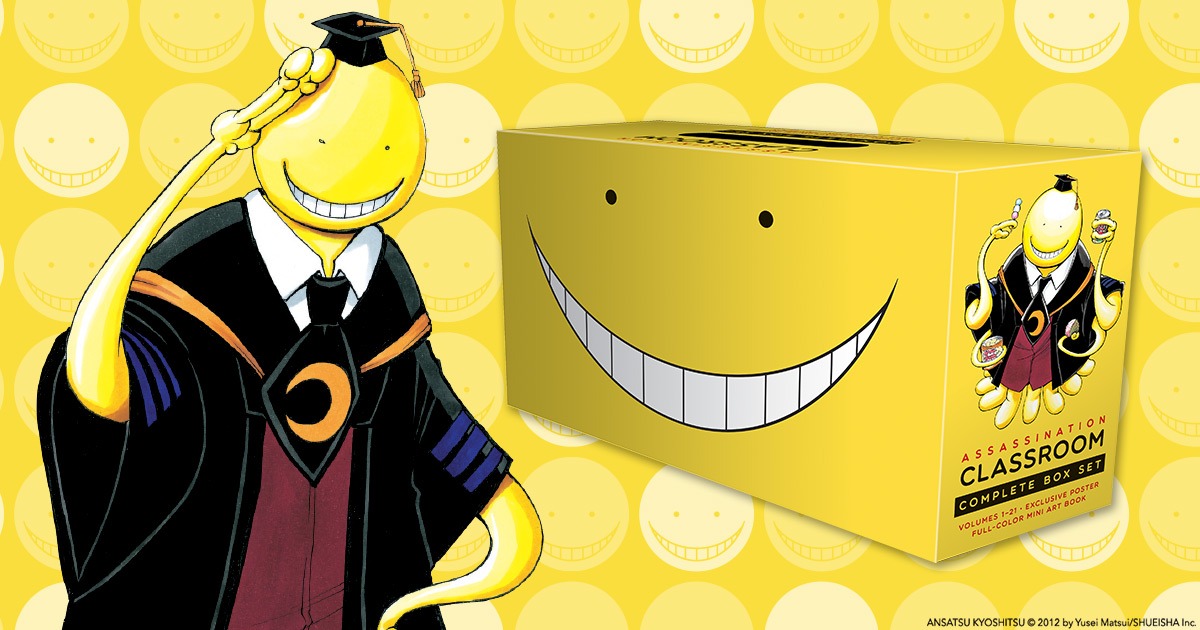
So what do you think about seeing manga getting banned at school libraries, sometimes by people just judging by the age range, or seeing pages but not getting the full context?
It’s always upsetting to me to see any book I feel has narrative or artistic value getting banned. Like you said, there is a bit of a unique angle when it comes to manga, because it is a translated, cross-cultural product. It is probably easier to stereotype and demonize, and it takes a little more effort to truly understand. But I’ve seen manga like Wandering Son get put on those banned lists, and it’s sad, especially because these are a category of books that young people are getting so excited about. And don’t we want our kids to be excited about reading?
Is there anything people can do when we see manga get banned?
In my limited experience, I think it depends on whether it’s a good faith or bad faith objection. If someone is coming at it with a closed mind and from a place of ignorance, then there probably isn’t anything you can do. But if it’s someone who just doesn’t have the information about the material, then the solution is to read it. Guide someone in your life who doesn’t understand manga by what got you excited about them to begin with. In my letter to the school board in Delaware, I mentioned some specific titles that might be incredibly meaningful to the right students, but that might not strictly fall into the “right” age rating. I think the one I specifically mentioned was A Silent Voice, which contains depictions of suicide attempts and suicide ideation, and some very dark and violent depictions of bullying. It’s very likely there are some kids who are not ready to read that series. But it’s just as likely there are some kids out there who could really benefit from seeing those things depicted with characters that young and it might even save a life.
So much of the book banning discourse is just boring, black and white “This is wrong” kind of thing, but with manga I think there is a lot of room for increased understanding of the category among educators and librarians.
____
Danica Davidson is the author of the bestselling Manga Art for Beginners with artist Melanie Westin, plus its sequel, Manga Art for Everyone, and the first-of-its-kind manga chalk book Chalk Art Manga, both illustrated by professional Japanese mangaka Rena Saiya. Check out her other comics and books at www.danicadavidson.com.


